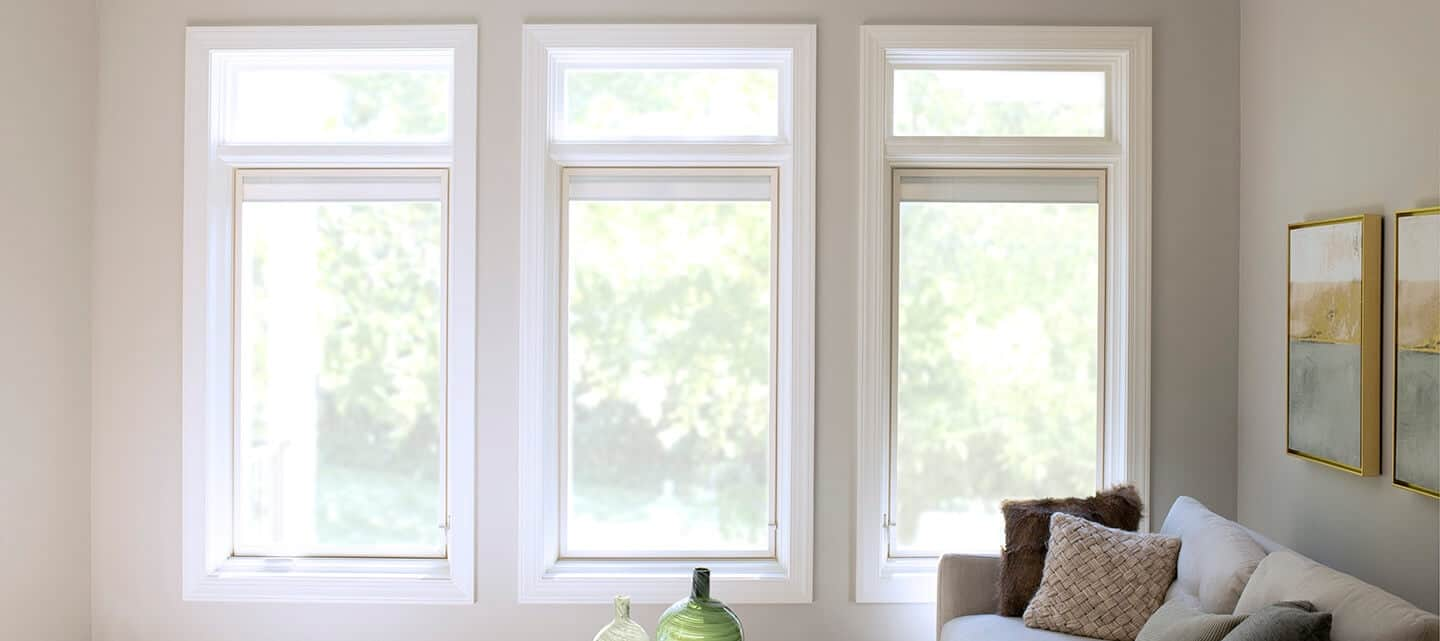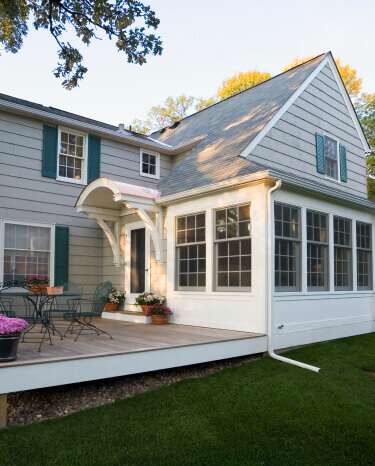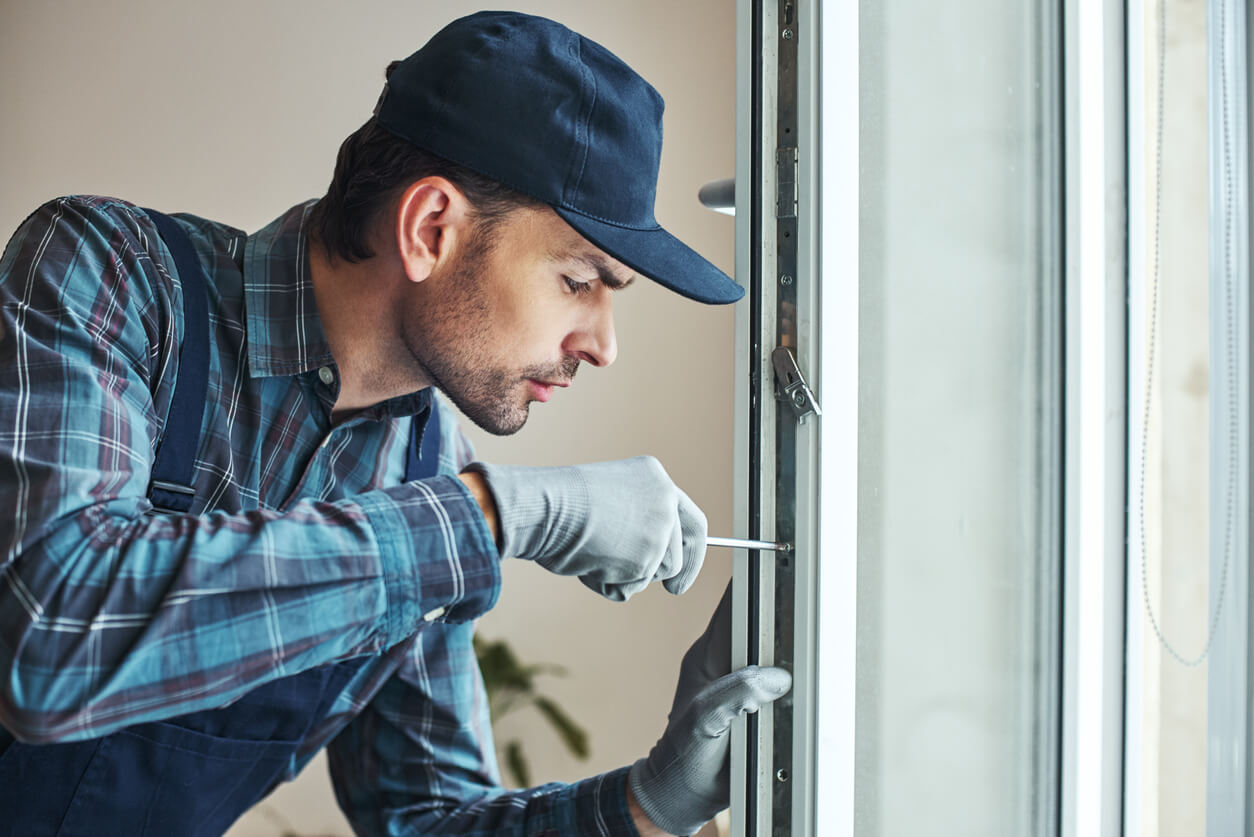Common Window Problems Homeowners Should Watch For
Windows do more than bring in light. They help protect your home from weather, maintain indoor comfort, and support energy efficiency. Over time, though, wear and tear can cause a variety of window problems. Some issues can be fixed with simple repairs, while others are signs it may be time to replace your windows. We wrote this guide to discuss the most common problems you’ll experience with windows as a homeowner, how to tell if the issue is serious, and when to call a pro.
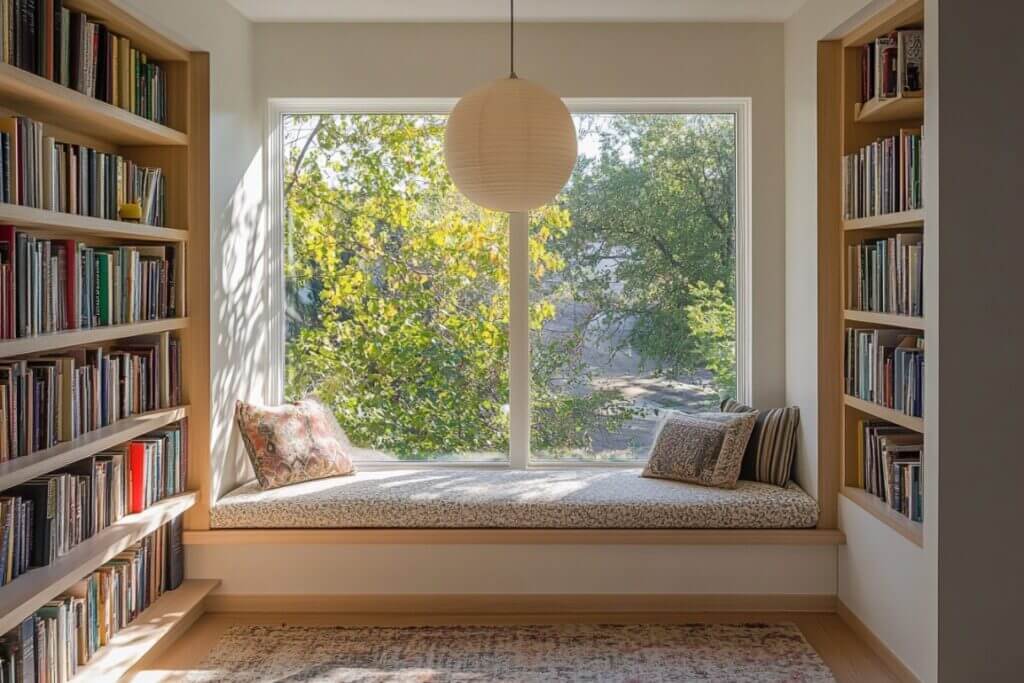
Drafts And Air Leaks
What Causes Drafts:
- Worn-Out Weatherstripping: Dry, cracked, or missing seal material around the frame.
- Shrinking Or Cracked Caulk: Age and temperature changes cause exterior caulk to break down.
- Warped Frames: Heat, humidity, or age can distort wood, vinyl, or aluminum frames.
- Improper Window Installation: Gaps between the frame and wall allow air to seep through.
When It’s A Problem
This becomes a problem when you feel noticeable cold or warm air around the window frame, especially on windy days, or if your HVAC runs longer cycles and your utility bills increase unexpectedly. Warped frames also signal trouble, especially if drafts persist even after you’ve tried DIY fixes like weatherstripping.
When It Can Be Ignored Or Monitored
Minor drafts during extreme weather, small gaps that disappear once you re-caulk or add weatherstripping, or small inefficiencies in older homes you’re comfortable with can often be monitored rather than urgently fixed.
Who To Call
If your windows are under warranty, contact the window manufacturer first because some warranties cover seal failure or installation-related air leaks. For caulking or weatherstripping, call a handyman or window repair specialist, since most installers only handle full replacements. If the frame is warped or rotten, call a window replacement contractor because repairs are usually short-term.
Fogging Or Condensation On Windows
Condensation on or inside your windows can be confusing. Some fog is completely normal, while other types are clear signs your windows are failing. The key is knowing where the condensation appears.
Internal Fogging (Between The Panes)
This is the serious kind of fogging.
What Causes Internal Fogging:
- Failed Window Seal: The airtight seal around the insulated glass unit breaks down.
- Loss Of Insulating Gas: Argon or krypton gas escapes, reducing efficiency.
- Age-Related Wear: UV exposure and temperature swings degrade sealants.
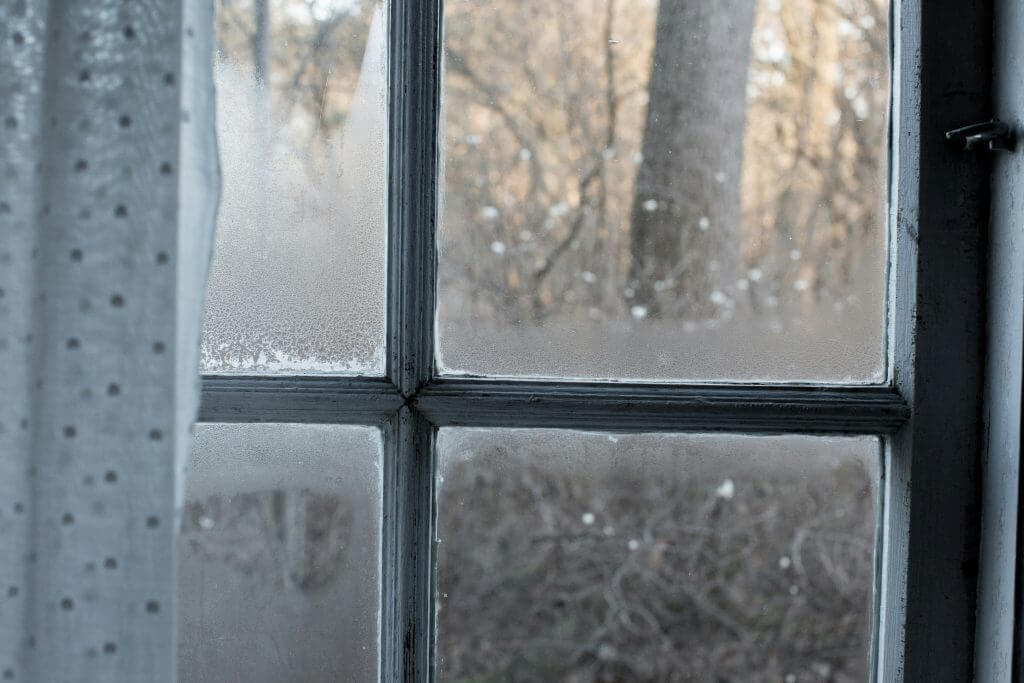
When Internal Fogging Is A Problem
Fogging is a problem when condensation is trapped between the panes and doesn’t wipe off, or if the glass stays cloudy for long periods. Mineral deposits, streaks, or widespread fogging across multiple windows also indicate seal failure.
When Internal Fogging Can Be Ignored
You can monitor the issue if only one older window has light fogging and it doesn’t affect comfort or energy bills, especially if replacement isn’t in your immediate plans.
Who To Call For Internal Fogging
If your windows are under warranty, contact the manufacturer, since insulated glass seal failures are often covered for 10 to 20 years. If the windows are relatively new, call a glass or Insulated Glass Unit (IGU) replacement specialist to replace only the glass unit. For older windows, call a window replacement installer, as older frames may not accept new IGUs. Most installers do not perform glass-only repairs and focus on full replacements.
External Condensation (Outside Surface)
This type of condensation usually means your windows are insulating very well.
What Causes External Condensation:
- High Outdoor Humidity: Especially after cool nights.
- Energy-Efficient Windows: Well-insulated interiors stay warm while exteriors stay cool.
- Shaded Orientation: North-facing windows warm more slowly.
When External Condensation Is A Problem
It becomes a problem if condensation persists for hours, creates standing water on the sill, or shows signs of leaks, stains, or rot.
When External Condensation Can Be Ignored
Morning dew that evaporates naturally, moisture that wipes off easily, or condensation that only appears during very humid weather can be ignored.
Who To Call For External Condensation
If you suspect water intrusion, call a window installer or siding/flashing specialist. If it is just morning dew, no service is needed.
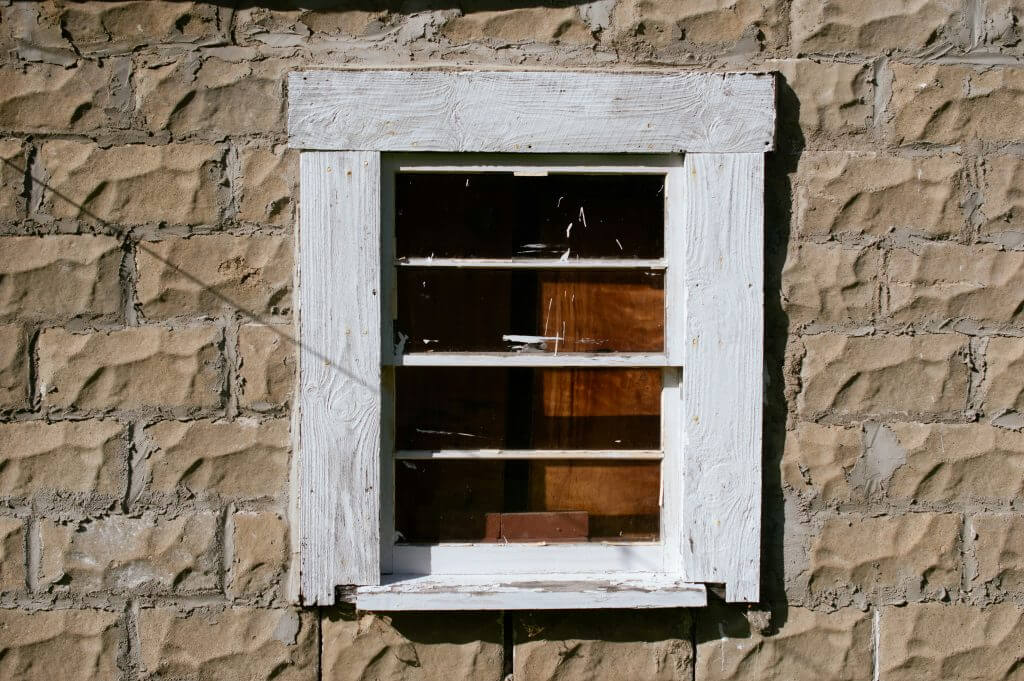
Windows That Are Difficult To Open Or Close
Common Causes:
- Swollen Wood Frames: Humidity causes swelling.
- Dirty Or Damaged Tracks: Debris blocks movement.
- Failed Balances Or Springs: The sash no longer stays up.
- Warped Or Shifted Frames: Age, settling, or temperature changes move the frame out of alignment.
When It’s A Problem
This is a problem if the window will not stay open, requires force to operate, or if locks stop aligning with the frame. Issues that persist after cleaning and lubrication also indicate deeper problems.
When It Can Be Ignored Or Monitored
Minor sticking during humid weather, or friction from dirt and debris that improves with cleaning, can often be monitored. Older wood windows may require slightly more effort without being unsafe.
Who To Call
If your windows are under warranty, contact the manufacturer or original installer. For track or hardware issues, call a handyman or repair tech. For warped frames or structural shifting, call a window replacement contractor.
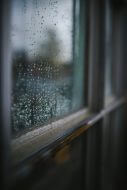
Water Leaks Around The Window
What Causes Leaks:
- Failed Exterior Caulk: Gaps let water in.
- Damaged Or Missing Flashing: Water is not directed away properly.
- Improper Installation: The window is not integrated correctly with the wall system.
- Cracked Frames Or Sills: Water penetrates through damaged areas.
When It’s A Problem
Leaks are a problem when you see bubbling paint, stains, mold, musty smells, or soft and swollen trim. Recurring leaks after normal rainstorms always indicate an issue needing service.
When It Can Be Ignored Or Monitored
A one-time leak during severe storms or minor condensation caused by indoor humidity (not outdoor leaks) can sometimes be watched instead of immediately repaired.
Who To Call
If the window is under warranty, contact the manufacturer or installer. For flashing or installation problems, call a window installer or siding/flashing specialist. For small sealing jobs, a handyman can reseal the area with exterior-grade caulk.

Excess Noise Coming Through Windows
Why It Happens:
- Single-Pane Windows: Limited sound insulation.
- Gaps Or Air Leaks: Noise travels through the same openings as drafts.
- Poor Frame Insulation: Sound moves through weak or uninsulated areas.
When It’s A Problem
You’ll notice a problem when outside noise feels louder than before, you hear traffic clearly with windows closed, or you live in a loud area with outdated windows.
When It Can Be Ignored Or Monitored
Occasional noise spikes during bad weather or mild annoyance in an otherwise quiet area can be monitored rather than urgently addressed.
Who To Call
To check for gaps or leaks, call a window repair tech or home energy auditor. For better long-term sound control, call a window replacement contractor to discuss upgraded glass and insulated frames.

Cracked, Warped, Or Rotting Window Frames
Common Causes:
- Moisture Penetration: Leads to wood rot.
- UV Damage: Degrades vinyl or fiberglass over time.
- Temperature Extremes: Cause expansion, contraction, and warping.
- Age: Materials weaken with long-term exposure.
When It’s A Problem
This becomes a problem when the wood feels soft or crumbly, the frame bows noticeably, or cracks let air or water into the home.
When It Can Be Ignored Or Monitored
Small surface cracks or minor early-stage rot that can be sealed are usually safe to watch. Age-related wear that doesn’t affect operation may not require immediate replacement.
Who To Call
If the window is under warranty, contact the manufacturer. For cosmetic issues, call a handyman or carpenter. For rot or structural frame damage, call a window replacement installer, as most installers will not perform major repairs on failing frames.
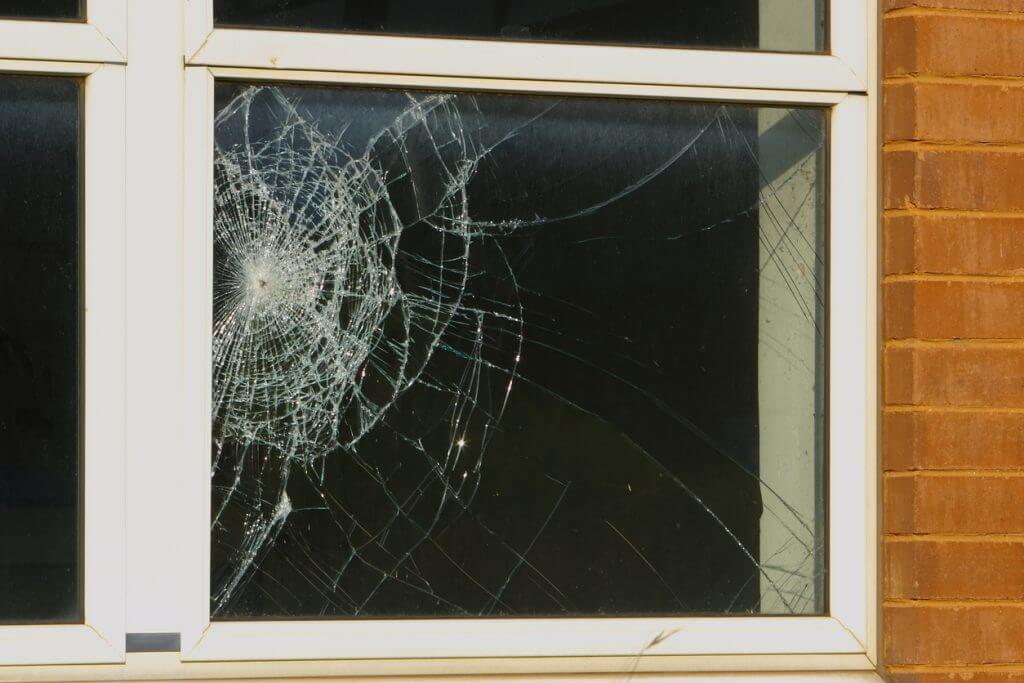
Broken Or Damaged Glass
Common Causes:
- Storm Impact: Debris hits the window during severe weather.
- Accidental Damage: From sports, tools, or moving furniture.
- Thermal Stress: Affects older or low-quality glass.
When It’s A Problem
Broken glass is a problem when cracks spread, sharp edges form, or the window loses its seal and allows drafts or moisture inside.
When It Can Be Ignored Or Monitored
Light scratches or very small cracks in a storm window you plan to replace soon can sometimes be temporary, non-urgent issues.
Who To Call
For pane-only replacement, call a glass repair specialist or window glass company, as many window installers do not handle repairs.
Next Steps
Windows play a major role in your home’s comfort, safety, and energy efficiency — but even high-quality windows can develop problems as they age. Knowing the difference between normal wear, issues you can monitor, and signs of true failure helps you avoid unnecessary repairs while catching serious problems early. Whether you’re dealing with drafts, fogging, leaks, or operational issues, the right professional can save you time and money, especially if your windows are still under warranty.
If you notice ongoing performance issues, visible damage, or rising energy bills, it may be time to call a window professional or explore replacement options. Staying proactive will help protect your home and ensure your windows continue doing the job they were designed to do.
Compare top-rated windows pros in your area.
Read real homeowner reviews, explore qualifications, and view promotions. Modernize makes it easy to browse professionals and find one that will be perfect for your project.





